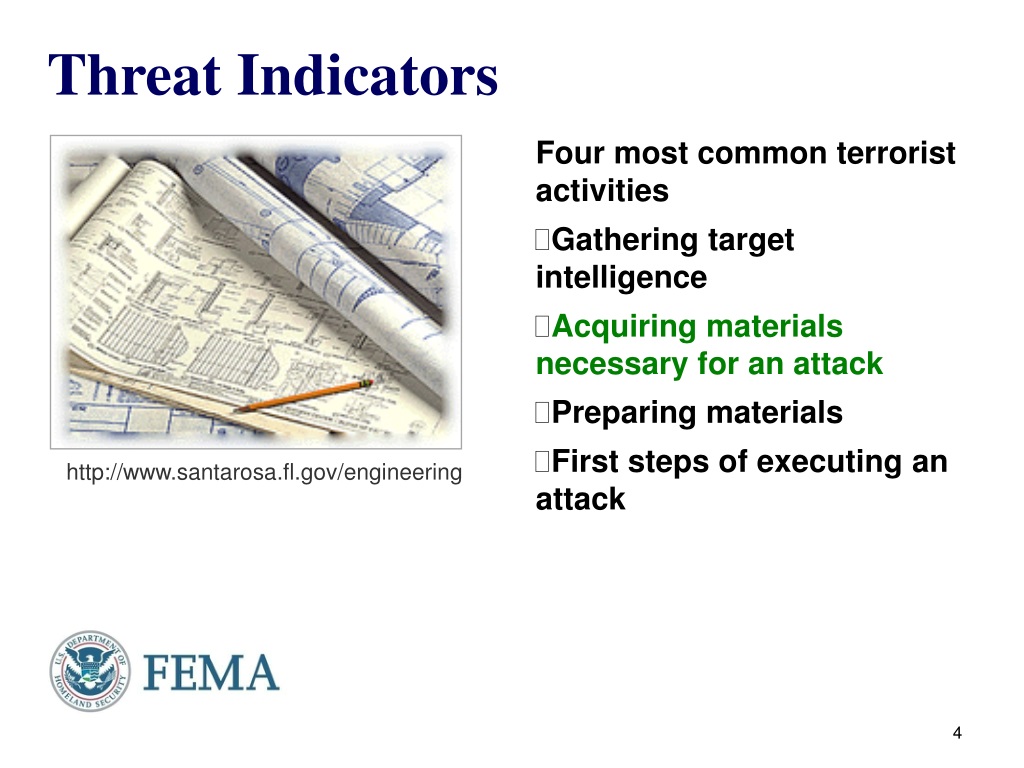

#Suspicious package awareness training skin
If you encounter a leaking substance, wash hands and exposed skin vigorously with soap and flowing water for at least 15 minutes. If the package is stained, discolored, or emits an odor, do not attempt to identify the substance.If you discover or receive a suspicious letter, the following procedures are to be followed: Over-wrapping with excessive paper, tape, or string.Protruding wires, tin foil, or other conductive materials.Stains or discoloration on the package.Oddly shaped, unevenly weighted, lopsided, or lumpy package.Visual distractions on the package, such as drawings, statements, or handmade postage.Restrictive markings or special handling instructions, such as “Personal," "Confidential," "Special Delivery," "Open by Addressee only”.Badly typed, misspelled, or poorly written addresses and markings.Delivery’s address irregularities, such as a title without a name, an incorrect title with a name, or a generic title that is not used at Reynolds.No postmark (may indicate hand delivery).Return address Irregularities, such as: no return address, a return address that does not match the postmark, or a return address that is not familiar to the person to whom the package is addressed.Postage irregularities, including excessive postage, no postage, or unusual stamps.Unexpected mail with foreign postmarks, airmail, or uncharacteristic or abnormal delivery markings.The presence of one or more of the following features should be cause for concern:

IDENTIFICATIONĪll students and employees should be aware of the possible indicators of a suspicious package. Packages and letters have been used by terrorists, activists, disgruntled employees, and jilted acquaintances to expose their target to biological agents, toxins, and explosives. Suspicious packages may be received by faculty, staff, or students and should be treated with caution. This Suspicious Package Response Guide is designed to aide Reynolds students and employees in the identification of and appropriate responses to a suspicious package. Immediately call 911 from a campus telephone or 415/476-6911 from an off-campus telephone.Annex G: Suspicious Package Response Guide A. If you receive a suspicious package or mail: Incorrect title or addressed to title only.What to look for when receiving a suspicious package: Possibly mailed from a foreign country.Unknown powder or suspicious substance.What to look for when receiving suspicious mail: Use this Bomb Threat Checklist to record details from the call. Write down the exact words of the caller and threat.If your phone has caller ID display, record number of incoming call.Get the attention of another person hand off a note saying, “call UCSF Police – bomb threat – 9-1-1.”.Remain calm, be courteous, listen to and do not interrupt the caller.In 2008, UC Santa Cruz researchers’ homes and vehicles were bombed by animal extremists. On June 22, 1993, a geneticist at UCSF, became a victim of the Unabomber, Ted Kaczynski, when he received a bomb at his home. No one is immune to bomb threats and attacks.


 0 kommentar(er)
0 kommentar(er)
